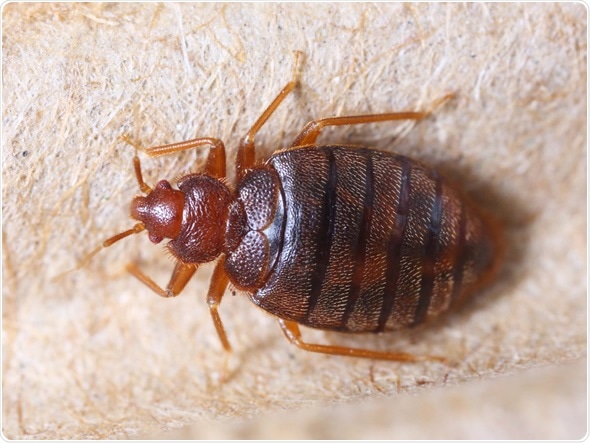A dramatic rise in bedbug populations over the centuries can be traced back to a pivotal shift in human behaviour, leaving caves to build cities, new scientific research said.
Published in the journal Biology Letters, the study reveals that bedbugs have been parasitising humans for more than 50,000 years, but it wasn’t until the rise of early urban settlements around 12,000 years ago that their numbers began to soar.
The Independent report noted that researchers found that bedbugs split into two distinct genetic lineages thousands of years ago: one that remained on bats and another that adapted to human hosts.
The bat-associated lineage never recovered after the Ice Age, while the human-targeted bedbugs began to thrive as human civilisations expanded.
“That makes sense because modern humans moved out of caves about 60,000 years ago,” explained Professor Warren Booth, associate professor of Urban Entomology.
“There were bedbugs living in the caves with these humans, and when they moved out, they took a subset of the population with them, so there’s less genetic diversity in that human-associated lineage.”
Read Also: Herpes virus may raise alzheimer’s risk, study suggests antivirals could help
Booth noted that as humans built cities like those in Mesopotamia and other early civilisations, the growing population density created a fertile environment for the tiny pests.
Bedbugs have long been considered one of the first urban pests, but their presence diminished drastically in the 20th century with the introduction of powerful pesticides like DDT (dichloro-diphenyl-trichloroethane).
“They were thought to have been essentially eradicated,” Booth said, “but within five years they started reappearing and were resisting the pesticide.”
In recent years, the resurgence has been alarming. Between 2022 and 2024, bedbug infestations rose by 35 per cent, while cockroach removal visits also saw a 13 per cent increase.
Experts warn this could be tied to increasing urban density, global travel, and pesticide resistance.
As scientists continue to monitor these trends, researchers suggest that understanding the historical relationship between humans and pests like bedbugs may be key to managing future outbreaks.



